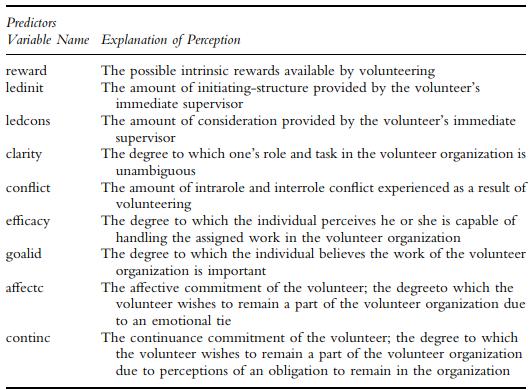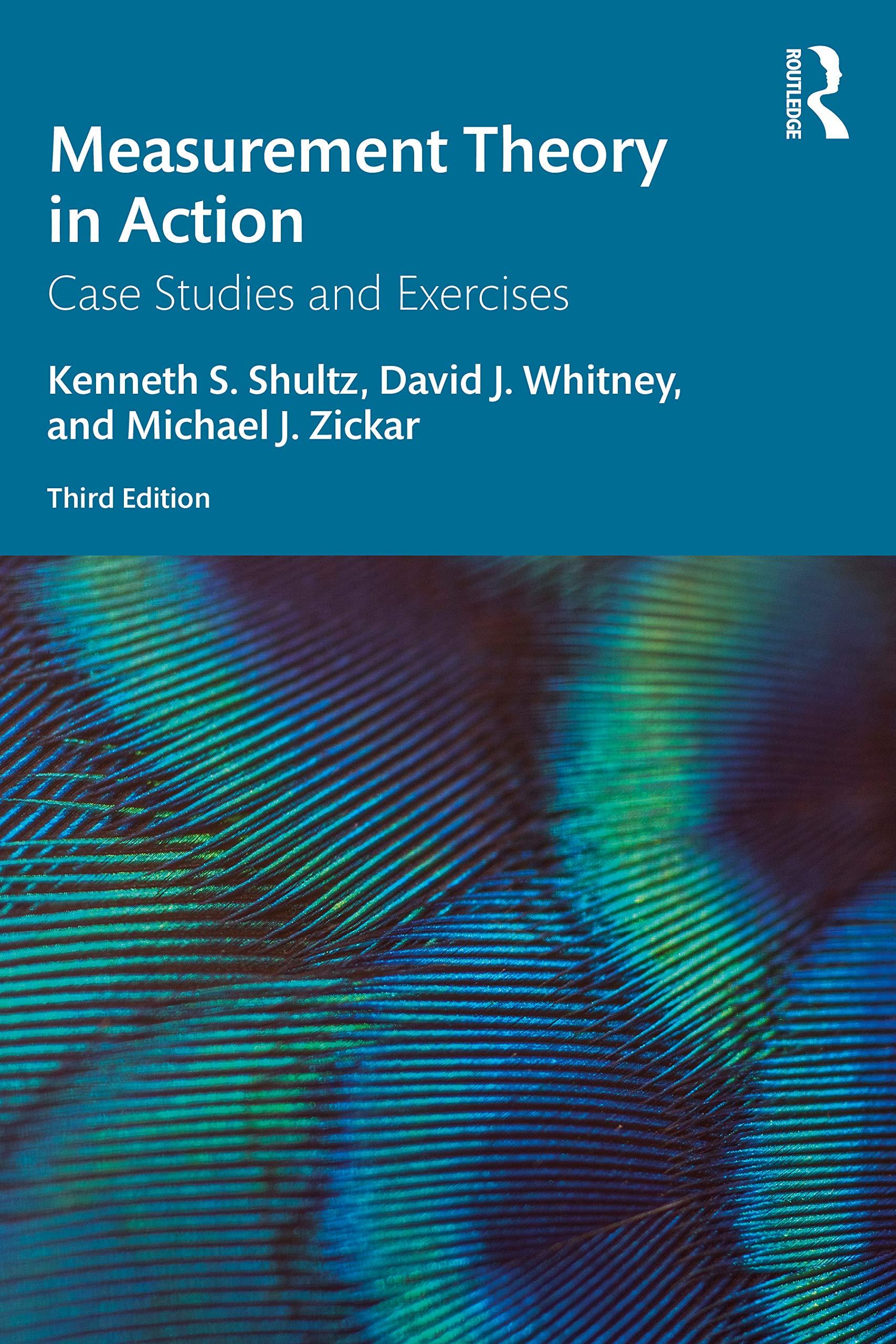Use the data set discussed in Exercise 17.2 to answer the following items. 1. Conduct a multiple
Question:
Use the data set discussed in Exercise 17.2 to answer the following items.
1. Conduct a multiple regression analysis using all nine predictors. Choose method equals “enter.” Write out the unstandardized regression equation that would result if all nine predictors were retained.
2. Conduct a second multiple regression analysis, this time using only those predictors that had significant regression weights in the previous equation. Write out the unstandardized regression equation.
3. While the standard error of estimate provides an average level of prediction accuracy, we can examine the accuracy of prediction for a single individual who is included in the data set by comparing the individual’s predicted work motivation score with his or her actual reported work motivation.
a. Use the regression equation with all nine predictors to compute a predicted score on work motivation for the first volunteer in the data set (i.e., for case 1).
b. Use the regression equation with your reduced set of predictors to compute a predicted score on work motivation for the first volunteer in the data set (i.e., for case 1).
c. Examining the actual work motivation score for the first volunteer in the data set (i.e., the “motivate” score for case 1), which regression equation provided the most accurate prediction of work motivation for this particular volunteer?
d. Which regression equation had the smallest standard error of estimate?
4. Repeat the procedure used in the previous item by randomly selecting two more volunteers in the data set and computing their predicted work motivation scores using both regression equations.
a. Do you consistently find one of these equations is more accurate?
b. If you continued this process for every individual in the data set, which equation would be more accurate? How do you know?
5. Are you surprised by either the accuracy or the inaccuracy of prediction when using the regression equations? Explain.
Exercise 17.2
Because volunteers are unpaid, the work motivation of these individuals can be complex. It is possible that individuals’ work motivation depends on their perceptions of their own ability, along with elements of support provided by the organization. The SPSS data file “Volunteer data.sav” contains data assessed from 120 volunteers in a number of small organizations. Each volunteer completed a survey assessing the perceptions shown in Table 17.1.
Each of the preceding scales was assessed using either a five-point or a seven-point Likert-type rating scale. An additional variable included in the data set, work motivation, will act as the criterion variable.
1. Examine the correlations between each of the possible predictors of work motivation. On the whole, how highly related to one another are these predictors? What is the range of magnitude of intercorrelation among this set of possible predictors?
2. Examine the correlations of work motivation with each of the possible predictors. Which predictors seem most highly related to work motivation?
3. Conduct a multiple regression analysis to determine the validity of the set of predictors for the criterion of work motivation. What is the magnitude of the multiple correlation coefficient (R)?
4. Which predictors have significant regression weights?
5. Compute the estimated population cross-validity of the entire set of predictors. How does this compare to the initial validity estimate?
6. Had you obtained the same regression results based on a sample of only 50 volunteers, what would be the estimated population cross-validity of this set of predictors? How does this new estimate of validity compare to the initial validity estimate, and to the cross-validated estimate based on 120 volunteers?
Table 17.1

Step by Step Answer:

Measurement Theory In Action
ISBN: 9780367192181
3rd Edition
Authors: Kenneth S Shultz, David Whitney, Michael J Zickar





